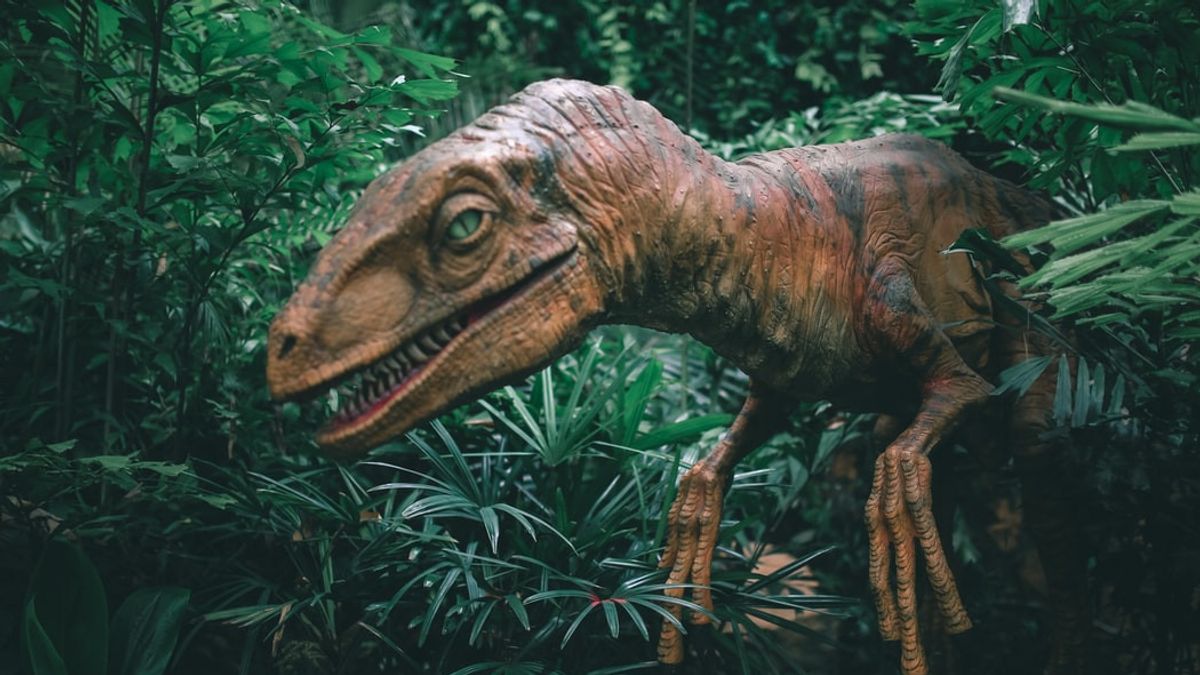JAKARTA – The number of dinosaurs on earth may have decreased millions of years before the meteor strike. This conclusion was revealed in research conducted by the University of Montpellier's Institute for Evolutionary Science.
In a statement delivered Tuesday, June 29, the study stated that the early extinction of ancient animals was more related to climate change that occurred on Planet Earth.
The Chicxulub Meteor, which hit Mexico's Yucatan peninsula about 66 million years ago, is thought to have caused the Cretaceous-Paleogene extinction event. This ultimately killed three-quarters of life on Earth – including the dinosaurs.
But new research suggests that the number of giant lizard species may have declined considerably by 10 million years before the meteor strike.
The results, published in the journal Nature, examined data from 1,600 dinosaur remains found across the planet. Then model how common certain carnivorous and herbivorous dinosaur species were in the late Cretaceous. The team found that species decline began about 76 million years ago.
Fabien Condamine, lead study author from the University of Montpellier's Institute for Evolutionary Science, said his team had followed the descent of six dinosaur families, comprising nearly 250 different species.
"We had a peak of diversity about 76 million years ago," he told AFP. "Then there was a decline that lasted 10 million years - that's more than the entire duration of the Homo genus."
The team found two possible explanations for the diversity of fallen dinosaurs identified in the fossil record as well as their own computer modeling.
First, the rate of species decline is related to the strong cooling of the global climate about 75 million years ago. At that time the temperature dropped to eight degrees Celsius.
Condamine says that dinosaurs adapted to mesothermal climates - especially warm and humid ones. This has been going on for tens of millions of years throughout their time on Earth.
"With strong cooling, like other large animals, they probably couldn't adapt," he said.
A second explanation for the decline in dinosaur numbers, which might come as a surprise to the team.
While herbivores and carnivores are expected to be affected at about the same time. The team found a gap of two million years between each decline.
"So the decline in herbivores, which were the prey of the dinosaurs, occurred first, and therefore will lead to a decline in meat-eating animals," Condamine said.
The study concluded that not only did a cooling climate and reduced diversity among herbivores cause the slow decline of dinosaurs, but also rendered various species unable to recover after a meteor strike.
"These factors hindered their recovery from recent catastrophic events," Condamine said.
The English, Chinese, Japanese, Arabic, and French versions are automatically generated by the AI. So there may still be inaccuracies in translating, please always see Indonesian as our main language. (system supported by DigitalSiber.id)













